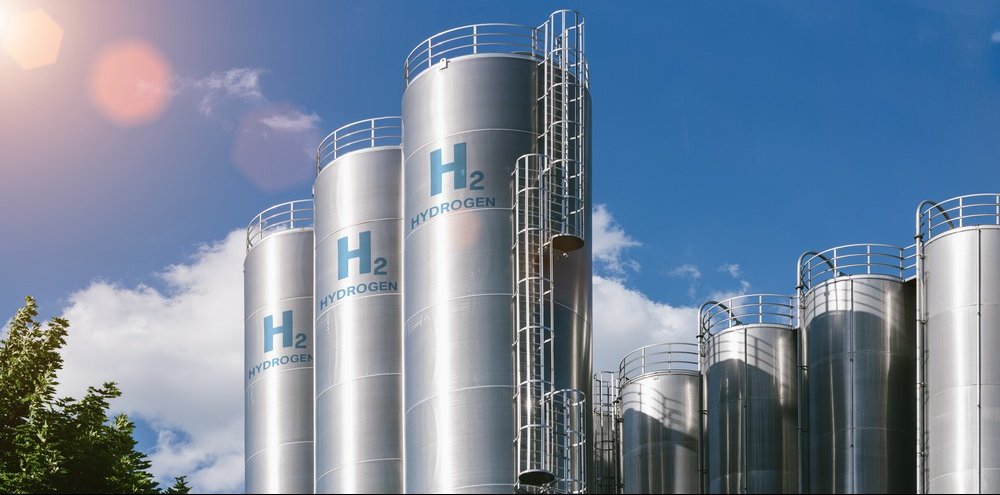
New study highlights the techno-economic and environmental assessment of hydrogen production from gas processing byproduct
Hydrogen has emerged as a potential solution to the world’s energy needs with experts predicting a surge in demand — from 90 million tons in 2020 to potentially 500 million tons or more by 2050. However, current production capabilities are lagging far behind these targets.
A team of researchers from Khalifa University’s Research and Innovation Center on CO2 and Hydrogen (RICH) has investigated the techno-economic feasibility and lifecycle environmental impacts of large-scale hydrogen production from methane and hydrogen sulfide. Prof. Lourdes Vega, Dr. Ahmed AlHajaj, Assistant Professor, Dr. Ismail Alkhatib, Postdoctoral Fellow, and Sawsan Ali, PhD student, focused on hydrogen sulfide-based thermal non-catalytic hydrogen production processes and benchmarked them against conventional and emerging processes using methane.
Their findings underscore the nuanced and dynamic nature of hydrogen production at scale and were published in the Journal of Cleaner Production, a top 1% journal.
“A transition towards a hydrogen-supported global energy economy is one of the solutions to ensuring affordable and clean energy, while also increasing climate action mitigating the impacts of climate change,” Prof. Vega says.
Hydrogen has no direct carbon dioxide (CO2) emissions when used as fuel and can act as an energy storage solution in combination with renewable energy. It also has great potential as fuel in hard-to-abate industries such as heavy transportation, chemicals and steel manufacturing. The research team aims to shed light on the journey towards a hydrogen-supported energy economy by comparing the cost and performance of various hydrogen production technologies.
“Despite momentum for incorporating hydrogen into the energy nexus, existing production capacities are far from those required, making the next decade crucial for ensuring the production and use of low carbon hydrogen,” Prof. Vega says. “This requires facilitating scale-up of production capacities and revamping current technologies in industrial sectors targeted for hydrogen use.”
Several processes and technologies already exist for hydrogen production with varying levels of efficiency, cost, and environmental impact. According to the International Renewable Energy Agency (IRENA), over 95 % of current hydrogen production is fossil-fuel based, with nearly 72 percent of the global hydrogen production in 2020 obtained using steam methane reforming (SMR) from natural gas, without capturing any carbon dioxide. SMR is currently the most commercially viable option for hydrogen production but this comes at the expense of high direct CO2 emissions, accounting for 2.5 percent of all CO2 emissions in 2020.
Hydrogen sulfide-based hydrogen production may be a promising alternative and compliment other low-carbon means of hydrogen production, such as water electrolysis with renewable energy. Hydrogen sulfide is often seen as a problematic byproduct of gas processing, but new hydrogen production technologies can convert hydrogen sulfide into low or zero-carbon hydrogen, and obtain sulfur as a byproduct.
From an environmental perspective, the life cycle assessment highlights the lower global warming potential of emerging processes like methane pyrolysis. This is largely due to the absence of direct CO2 emissions, but these processes do have higher water intensity due to increased cooling requirements.
“Although the results of this work are very promising, it’s crucial to note that they hinge on specific assumptions, including thermodynamic considerations for each process studied,” Prof. Vega says. “Future research will need to explore the role of reaction kinetics and catalytic reaction routes to provide a more comprehensive picture. Then large scale demonstrations will be needed for industrial implementation.”
Jade Sterling
Science Writer
7 February 2024






